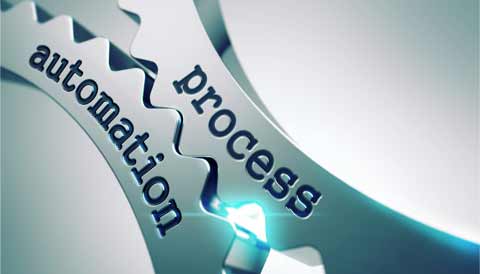The first question that you may have is how AI technology works. As the use of artificial intelligence is increasingly common in business, it is important for companies to know how it functions and how it can be applied to their specific industry. There are several different types of AI, and each of them has its own strengths and weaknesses. Rule-based expert systems and robotic process automation are transparent, but these technologies are not very good at learning. Deep learning, on the other hand, is great at learning from large amounts of data and is difficult to understand. This can be problematic in highly regulated industries where compliance with regulations is of prime importance.
The second type of AI is narrow AI
This type of AI performs superhuman tasks and can demonstrate superior creativity. For instance, a Toyota Prius is an example of a self-driving car. Its successful completion of 10 100-mile journeys set society on the road to driverless cars. IBM Watson, another AI, won the US quiz show Jeopardy! In 2011 by using natural language processing and analytics to analyze vast data repositories and answer human questions in fractions of a second.
AI for Process Automation

Another form of AI is robotic process automation tools. This is the least smart element of AI, but can yield significant ROI in a short period of time. Examples of this type of technology are optical character recognition (OCR) software and virtual assistants. However, the face of AI is human-computer interaction, where humans interact with digital interfaces, such as a smartphone or an online Chabot. This type of AI is a promising innovation, and many organizations are now using it for problem-solving and collaboration.
Understand Risks Associated With AI
There are several other types of AI. One of them is machine learning, which is similar to human learning but more efficient. This type of AI requires large datasets and can recognize certain characteristics and outcomes. It can be applied to objects, speech, and text. But there are also many risks associated with this type of AI, and companies should understand them from a business and technological perspective. For example, the cost of electricity for an AI project could run into millions of dollars, and the cost of such implementations is often prohibitive for most companies.
Conclusion
Artificial intelligence is a complex topic. The newest version of the technology is currently under development, but it is a great advancement in our field. In the near future, we may see HAL and Skynet. But for now, we’ll be able to use AI to better understand our lives. In the meantime, we should be prepared for what the future holds for our daily lives. So, take your time and learn as much as we can.







